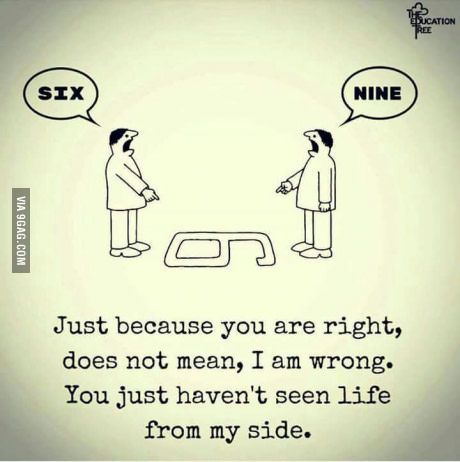In coming to the Judges (Js) and Perceivers (Ps) we have arrived at the fourth axis on which the Meyers-Briggs personality grid is built and it is one of the most difficult style contrasts to resolve interpersonally.
 Js, like Ts, believe that there is only one correct way to proceed in any given situation and are quick to act. Ps, on the other hand, look at a situation from different angles and perspectives and need more time to reflect on how to proceed. Ps believe that what is right varies depending on the perspective one has and depending upon where one stands to view it. Thus, Js tend to have more problems getting along in situations where there are many different cultures or perspectives represented.
Js, like Ts, believe that there is only one correct way to proceed in any given situation and are quick to act. Ps, on the other hand, look at a situation from different angles and perspectives and need more time to reflect on how to proceed. Ps believe that what is right varies depending on the perspective one has and depending upon where one stands to view it. Thus, Js tend to have more problems getting along in situations where there are many different cultures or perspectives represented.
Js, like Ts, have trouble reflecting or considering other points of view when they are clear what the right course is. They believe that the truth or what is right is absolute and does not depend on context or cultural norms.
Ps, on the other hand, often have trouble making decisions because they can become paralyzed with the different ways to understand a situation. In society, we need a balance between those who can be decisive and those who are reflective.
Interpersonally, Js and Ps often hook up and their personality differences can be a source of considerable strife and irritation.
It is important for the P in the relationship to be assertive and set clear boundaries which the J must learn to respect. The P needs to communicate that his/her point of view must be honored equally with the Js and taken into full account along with the J’s when decisions are made.
As with all personality type differences, it is very important and helpful for Js and Ps to be aware of each other’s distinctions which can serve as a starting point for understanding problems and find workable solutions. With practice, the clashes between personality styles can be reduced and mutual understanding and respect can be attained.


